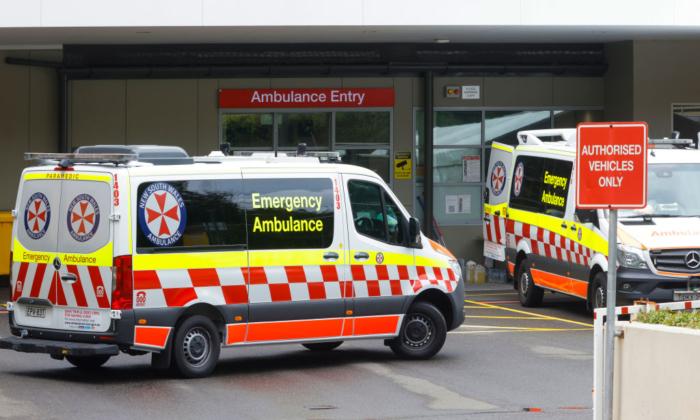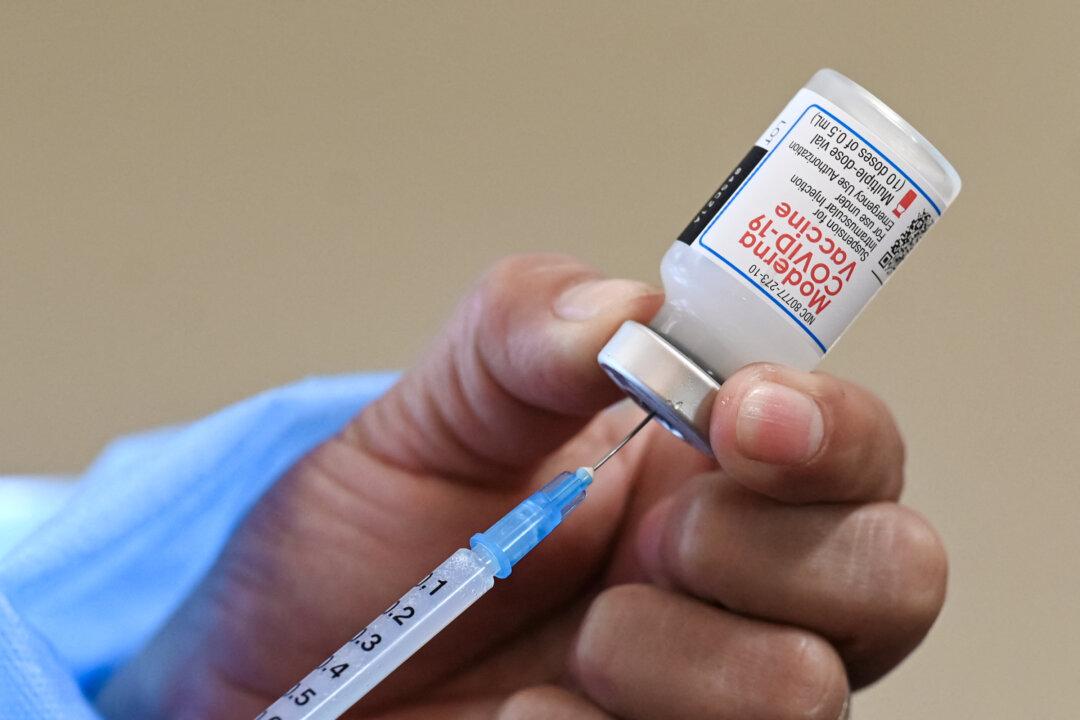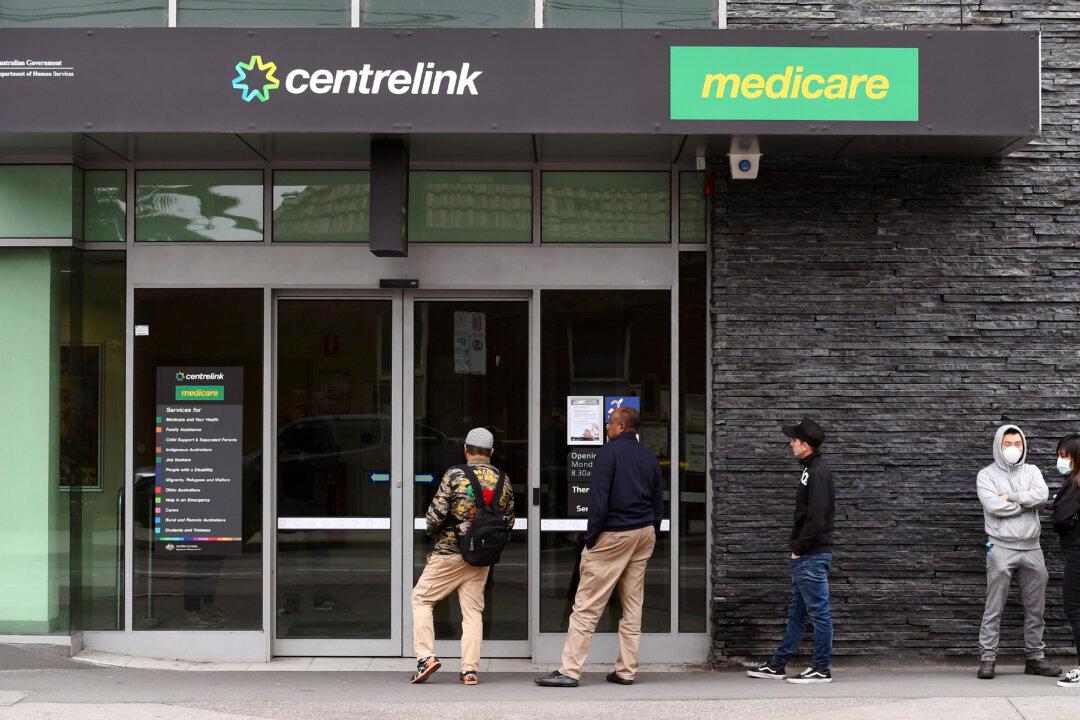Labor Prime Minister Anthony Albanese has announced an extra $1.7 billion (US$1.1 billion) to address the ballooning cost of Australia’s public health system.
Each state will receive a proportion of this funding to help alleviate waiting times for surgery.
The federal government’s total contribution to state-run public hospitals will “increase by 12 percent” to $33.91 billion in 2025 to 2026.
New South Wales will receive an extra $407 million, Victoria $402 million, Queensland $414 million, and Western Australia $158 million.
Albanese and Butler Say Funding Will Help Cut Wait Times
Prime Minister Albanese said the $1.7 billion funding boost for public hospitals would protect the public hospital system, and strengthen Medicare.
Health and Aged Care Minister Mark Butler said that governments have been engaged in “trench warfare” playing the blame game on hospital funding.
“This infuriates Australians when all they want is to make sure they don’t spend hours ramped in an ambulance or waiting in an overcrowded emergency department,” he said.
Butler also noted there were 700 public hospitals in Australia employing half a million medical staff.
“We have a terrific public hospital system in Australia staffed by some of the best trained doctors, nurses, and health professionals anywhere on the planet. But it is a hospital system under very, very serious pressure.”
Coalition Says Labor Should Secure Longer-Term Agreement
Shadow minister for health, Senator Anne Ruston, was disappointed the government did not secure a longer term funding deal, and instead announced a “once-off, one year” funding band-aid. a new five year national health reform agreement.Ruston said Australia’s hospitals were in crisis.
“Under Labor, it has never been harder or more expensive to see a doctor, which forced more than 1.5 million Australians in 2023-24 to avoid seeing their GP because they just could not afford it,” she said.
In the deal negotiated in May 2020, the federal Coalition government agreed to provide $133.6 billion between July 1, 2020 and June 30, 2025 for public hospitals.
Meanwhile, Deputy Leader of the Opposition Sussan Ley also raised concerns about the cost of seeing a GP under the Medicare system.
Ley claimed Australians were now covering 45 percent more of the cost to see a doctor from their own pocket.
Tasmania Says Funding Shortfall Still Exists
In response to the funding announcement, Liberal Tasmanian Premier Jeremy Rockliff welcomed the funding, but said his government still needed to find more than $300 million in additional funding.Rockliff said the state would continue to advocate for a “small state adjustment” to deal with the “unavoidable costs associated with being a smaller state,” an issue recognised by the federal government recognised.






